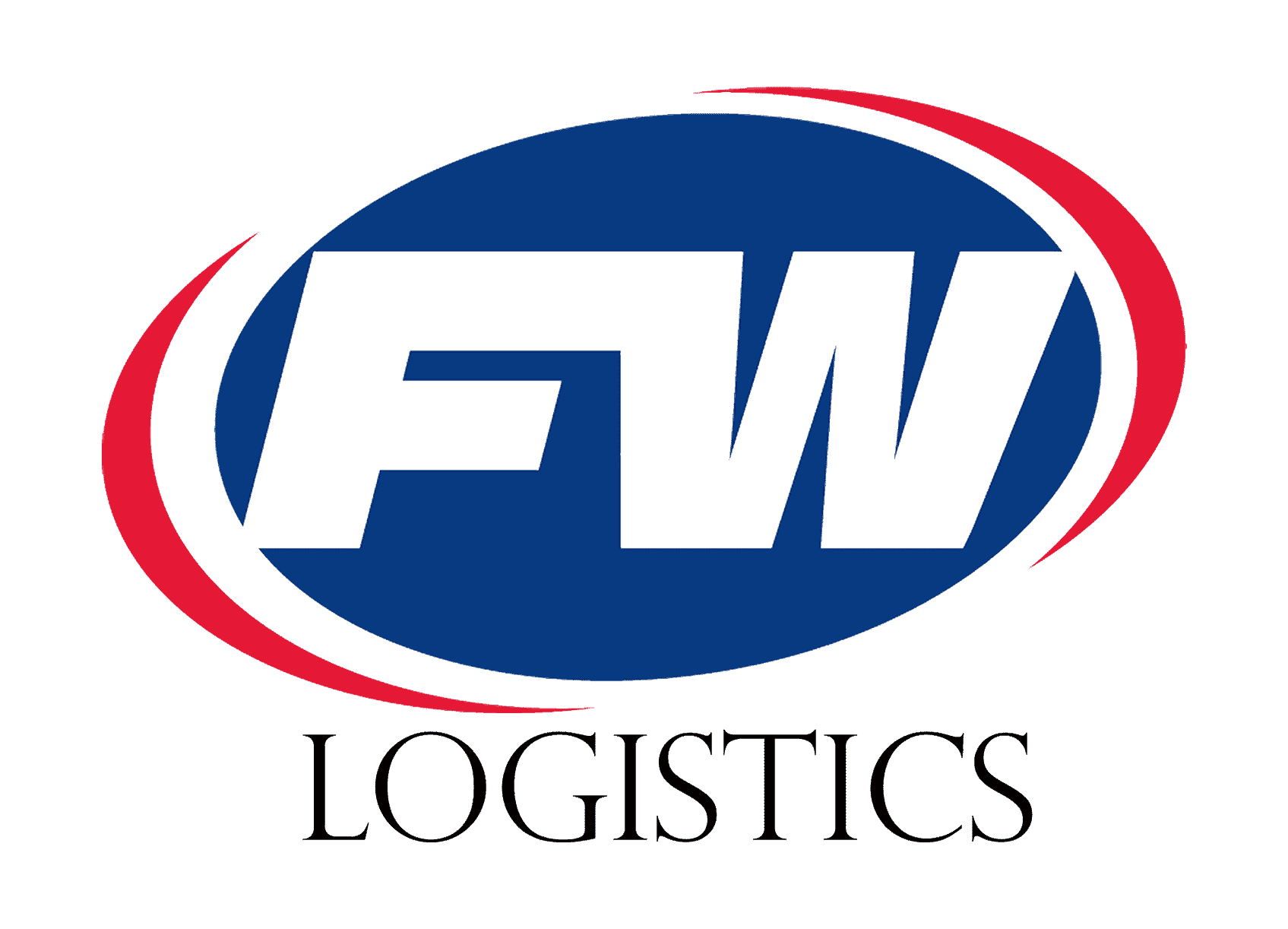
When you begin using warehouse services, you may have questions about how to store your products. Let’s review some frequently asked questions about warehousing temperatures and services, so you can have a better understanding of how to store your products and what services to ask your logistics provider about.
FAQs About Warehouse Temperatures
What temperatures do warehouses provide for product storage?
Warehouses offer the following storage temperatures:
- Ambient temperatures: An ambient temperature is the warehouse’s natural temperature. Products stored in ambient temperatures are often dry and don’t require special conditions to preserve them.
- Air-conditioned temperatures: An air-conditioned warehouse uses AC units to keep its environment between 56 and 75 degrees Fahrenheit. Air-conditioned warehouses best fit products that need to avoid hot and cold temperature extremes. Products like candy and other room-temperature foods store well in these conditions.
- Refrigerated temperatures: Refrigerated warehouses keep their temperatures between 33 and 55 degrees Fahrenheit. They work well for products that need to stay cool during storage, but don’t need freezing temperatures.
- Frozen temperatures: Frozen warehouses maintain temperatures at or below 32 degrees Fahrenheit. These temperatures suit frozen foods and other products that need to stay extremely cold to maintain their integrity during storage.
What are the differences between temperature-controlled and climate-controlled storage facilities?
Many people use the phrases “temperature-controlled” and “climate-controlled” interchangeably when describing specific types of warehouses. However, these two are not the same. Here’s how they work:
- Temperature-controlled: Temperature-controlled warehouses use cooling and heating units to keep products within specific temperature ranges. If you have products in one of these facilities, they’re placed in certain sections that best fit their storage temperature requirements.
- Climate-controlled: Climate-controlled warehouses use both heating and cooling units and humidifiers and dehumidifiers to control temperatures and humidity levels for the products they house. These warehouses suit products that are sensitive to both humidity and temperature.
It’s best to use temperature-controlled warehousing if you need to store your products within specific temperature ranges, but you don’t need to control their humidity levels. If you need to control the humidity around your products, choose a climate-controlled warehouse.
What’s the difference between temperature mapping and temperature monitoring in warehouses?
Like the previously discussed terms, temperature mapping and temperature monitoring sound similar, but they’re two different things. Here’s how these two processes work:
- Temperature mapping: This process uses sensors to track the temperatures throughout a warehouse. It shows warehouse managers where temperatures are at the right levels and where they need adjustments. Once the managers review the data, they move cooling and heating equipment to certain areas in the warehouse to correct the temperature for product storage. Most warehouses undergo the temperature mapping process a few times per year.
- Temperature monitoring: Temperature monitoring is a more proactive process than temperature mapping. Your logistics provider uses temperature monitoring every day to make sure the storage environment around your products is appropriate. They track real-time temperatures and make daily adjustments as needed to keep products at their correct storage temperatures.
Your logistics provider may use both of these processes to manage their warehouses, but it’s important to know the difference between them.
Need temperature- or climate-controlled storage? Connect with FW Logistics to take advantage of these services. Store Your Products
What Types of Temperature Storage Services Does FW Logistics Provide?
We offer temperature-controlled and frozen storage services to store your products safely and effectively. Our frozen storage locations offer blast chilling services that lower the temperature of frozen food products quickly to prepare them for transport. Our food-grade warehousing services follow all federal and state regulations for storing and transporting food. We hold ourselves to high industry standards to keep our clients’ food products safe. That’s why we use both temperature monitoring and temperature mapping processes to keep our frozen and temperature-controlled facilities running smoothly.

